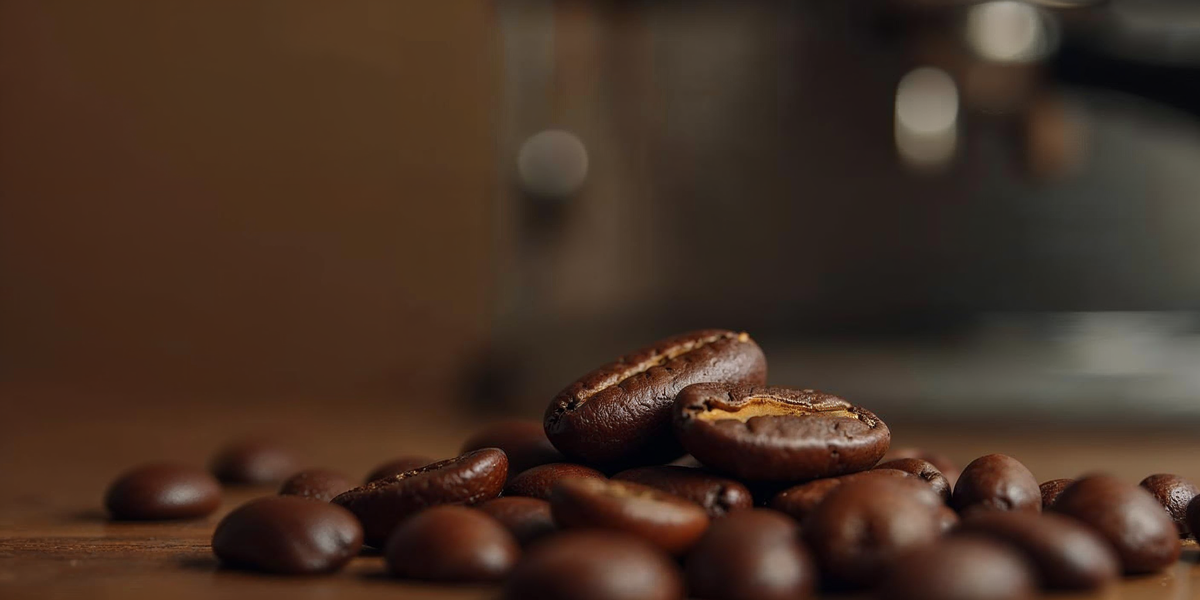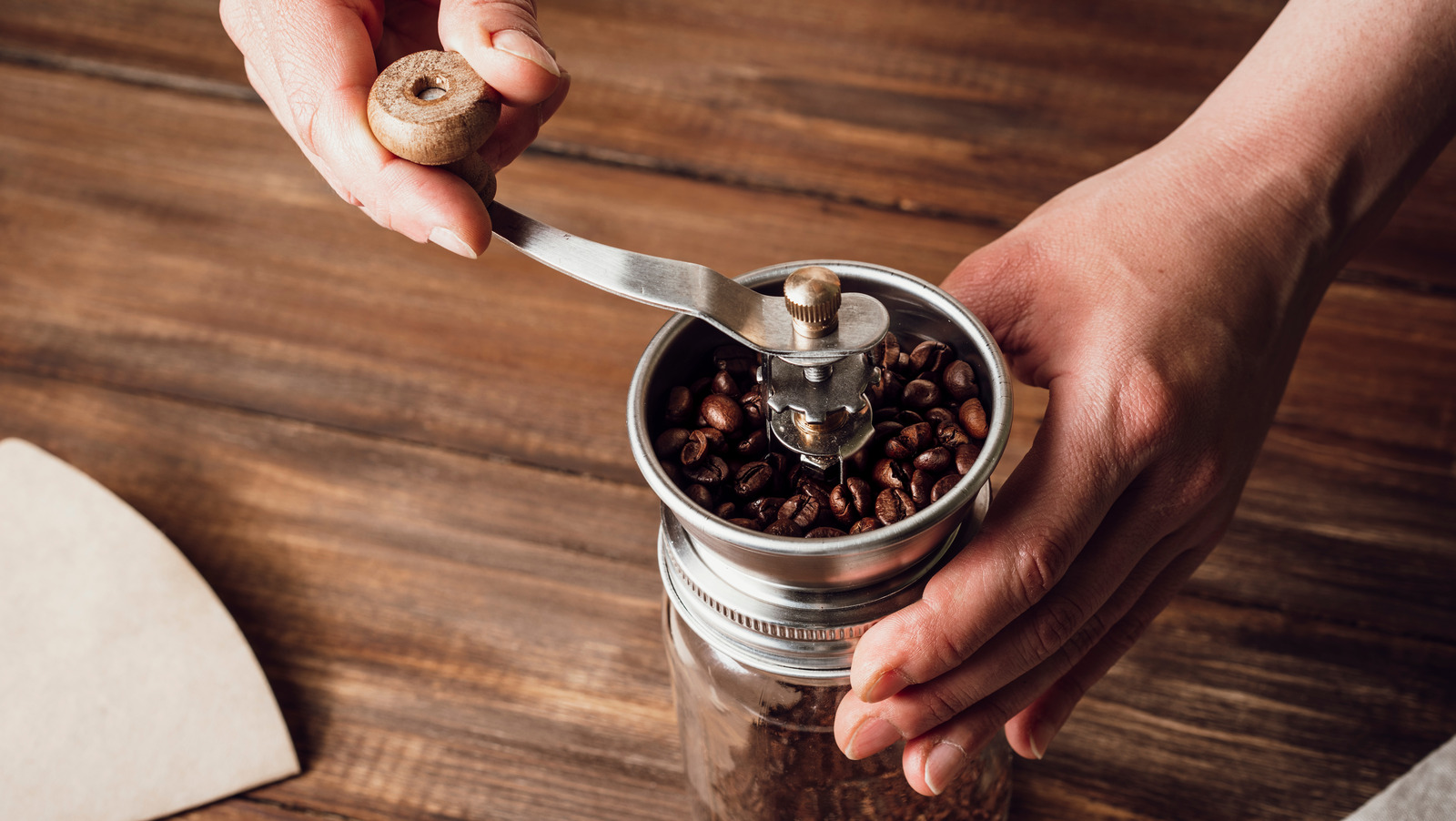Exploring the Rich Flavors of Coffee Beans: a Deep Dive Into Coffee and Blended Coffee Beans
When you discover the abundant tastes of coffee beans, you discover a complex world where each variety brings its own character to your cup. Recognizing the origins, processing methods, and roasting methods can transform your coffee experience. As you browse through the art of espresso and the creativity behind combined coffees, you'll start to value the subtleties that make each sip special. What you'll find following might transform the method you appreciate your morning mixture.
The Origins of Coffee Beans: Discovering Terroir and Taste Profiles
When you take a sip of coffee, you're not simply enjoying a drink; you're experiencing an abundant tapestry of tastes shaped by the beans' origins. Each region generates distinct taste profiles affected by altitude, dirt, and climate. Beans from Ethiopia commonly break with bright, fruity notes, while those from Colombia have a tendency to use a balanced, nutty sweetness.As you discover different beginnings, you'll see just how terroir-- the environmental elements impacting a crop-- plays a crucial duty. The same coffee variety can taste significantly different depending on where it's grown.When you consider these factors, you begin to appreciate the complexity behind your mug. Each sip tells a story of the land and the farmers who nurtured the beans. Next time you delight, believe concerning the trip your coffee took before it reached your hands, and relish those intricate flavors that show its origin.
Understanding Espresso: The Art and Scientific Research Behind the Brew
When you assume about espresso, it's not almost the strong flavor; it's likewise about the techniques that bring it to life. Understanding how different prep work approaches influence preference can transform your brewing experience. Allow's explore the complexities of coffee preparation and reveal the one-of-a-kind taste accounts that make each mug special.
Espresso Preparation Techniques
Espresso prep work is both an art and a science, incorporating specific methods with a deep understanding of coffee. To start, you'll want to pick high-quality, fresh baked beans and grind them finely for suitable extraction. The work dimension is essential; as well coarse, and your espresso will be weak, as well great, and it'll be bitter.Next, tamp the premises evenly in the portafilter to guarantee uniform extraction. When you lock it into the maker, aim for a developing temperature between 190 ° F and 205 ° F.As you draw the shot, watch for the perfect removal time-- around 25-30 secs. The result needs to be an abundant, creamy coffee with a beautiful layer of crema ahead - SOE. With practice, you'll master these techniques
Taste Profiles Clarified
The world of coffee uses an abundant tapestry of taste profiles that can raise your coffee experience. You'll discover a balance of sweetness, anger, and acidity when you take that first sip. Each espresso bean carries unique notes, from floral and fruity to nutty and chocolaty. Light roasts typically display intense acidity and vivid flavors, while dark roasts existing deeper, bolder tones.Understanding these accounts helps you pick the best espresso for your palate. Trying out with various blends can reveal surprising combinations. A well-crafted mix may balance the brilliant notes of an Ethiopian bean with the abundant, chocolatey undertones of a Brazilian bean. Accept the trip of discovering coffee's diverse tastes, and you'll change your coffee ritual into an amazing adventure.
Handling Approaches: Exactly How They Influence Taste and Aroma
While it might seem that the origin of coffee beans is the most considerable consider identifying their flavor and fragrance, the processing approaches utilized post-harvest play a similarly essential function. You'll locate that these techniques can drastically modify the last preference account of your cup.For instance, the washed procedure gets rid of the fruit from the beans before fermentation, commonly leading to a cleaner, brighter flavor. The natural procedure leaves the fruit intact during drying, resulting in a sweeter, fruitier profile.Other methods, like honey processing, strike a balance, enabling some fruit mucilage to continue to be, supplying an unique complexity.Each processing method connects with the beans' integral qualities, improving or muting particular flavors and aromas. So, when you drink that espresso or mixed coffee, keep in mind that the trip from cherry to mug is influenced not just by origin but additionally by how those beans were refined.

Toasting Techniques: Unlocking the Complete Prospective of Coffee Beans
Roasting methods are crucial for revealing the full capacity of coffee beans, as they change raw, environment-friendly beans right into the fragrant, tasty coffee you delight in. The selection of toasting method-- light, tool, or dark-- drastically influences flavor profiles. Light roasts preserve the beans' natural level of acidity and fruity notes, while medium roasts balance sweetness and richness. Dark roasts, on the various other hand, highlight strong, smoky flavors.You can explore roasting times and temperatures to locate your perfect brew. A slower roast at lower temperatures allows for complex tastes to establish, while a quicker roast can magnify resentment. Take notice of the cracks throughout toasting; the initial crack suggests a light roast, while the second fracture signals a dark roast - SOE. By grasping these strategies, you'll reveal a world of flavor, elevating your coffee experience to brand-new elevations. Take pleasure in every sip, knowing the care that entered into your mug!
The Magic of Blended Coffee: Creating One-of-a-kind Flavor Experiences
Developing a special taste experience with mixed coffee can change your morning routine into an exploration of preference. By combining various beans from various regions, you can reveal a harmony of tastes that elevate your mug to new elevations. Each blend deals an unique account, balancing body, level of acidity, and sweet taste to create something absolutely special.When you choose a blend, you're not just picking a coffee; you're picking a trip across diverse landscapes and cultures. Trying out various combinations allows you to discover your individual favorites, whether you take pleasure in fruity notes or abundant, chocolatey undertones.Blended coffee also provides you the flexibility to adjust the brew to suit your state of mind. You may long for a light-bodied mix eventually and a bold, dark roast the next. Welcome the magic of mixing and let each cup shock your palate, making every sip a wonderful adventure.
Tasting Notes: Recognizing the Subtleties in Your Cup
As you sip your coffee, you might notice a spectrum of flavors dancing on your taste buds, each revealing the details of the beans. great post to read You might taste the bright level of acidity reminiscent of citrus or the deep, abundant notes comparable to dark chocolate. The sweet taste could stimulate honey or sugar, balancing the total profile beautifully.Pay interest to the body of the coffee-- does it really feel light and airy, or is it complete and creamy? The surface, as well, supplies clues; a remaining aftertaste may hint at nuttiness or flower undertones.Don' t fail to remember to discover the unique characteristics of various beginnings, as each region presents distinctive flavors. Ethiopian coffees usually existing fruity notes, while Colombian beans might showcase a much more spherical sweet taste. By recognizing these subtleties, you'll deepen your admiration for every mug, elevating your coffee experience to brand-new heights.

Developing Approaches: Optimizing Taste Removal for Every Bean
You'll find that each strategy can considerably impact the flavor profile of your coffee when you check out the different brewing methods. From French press to pour-over, each technique extracts various substances, boosting or silencing particular notes. For instance, utilizing a French press permits oils to stay in the mixture, producing a richer preference, while pour-over highlights clarity and brightness.Temperature and grind size likewise play necessary roles. A coarser grind works best for cold brews, while a great grind is suitable for espresso. Try out water temperature-- between 195 ° F and 205 ° F-- can expose covert flavors, too.Don' t forget regarding steeping time; a fast removal can result in sour notes, while over-extraction may produce bitterness. By adjusting these variables, you can take full advantage of flavor removal and absolutely raise your coffee experience. Delight in the journey of discovering what technique finest matches your palate!
Frequently Asked Inquiries
What Is the Perfect Water Temperature Level for Developing Coffee?
The excellent water temperature level for brewing coffee's in between 195 ° F and 205 ° F. If you utilize water more tips here that's too warm, you'll over-extract flavors; as well chilly, and you will not draw out sufficient. Go for that wonderful place for the very best mixture!
Exactly How Does Work Size Impact Coffee Flavor?
Grind size substantially influences coffee taste. Better grinds extract a lot more tastes and oils, resulting in a bolder taste, while coarser grinds return a lighter taste. Changing work dimension helps you accomplish your wanted coffee profile.
Exist Health Advantages Related To Alcohol Consumption Coffee?
Yes, consuming alcohol coffee can provide health and wellness advantages. It might enhance cognitive feature, boost metabolic rate, and lower the threat of specific diseases. Just keep in mind to enjoy it in small amounts to reap the benefits without unfavorable impacts.

What Is the Distinction Between Arabica and Robusta Beans?
Arabica beans are smoother and sweeter, frequently including fruity tastes, while robusta beans are more powerful with a bitter preference and greater high levels of caffeine content. You'll discover these distinctions in fragrance and developing experience.
Just How Can I Shop Coffee Beans for Freshness?
To over here store coffee beans for freshness, keep them in an airtight container, away from light, warmth, and wetness. If you just grind what you need right prior to developing, you'll preserve their taste much longer. When you explore the rich flavors of coffee beans, you reveal an intricate world where each range brings its very own character to your mug. When you take a sip of coffee, you're not just taking pleasure in a beverage; you're experiencing a rich tapestry of tastes formed by the beans' beginnings. While it could seem that the origin of coffee beans is the most considerable variable in establishing their flavor and scent, the handling approaches utilized post-harvest play a similarly necessary role. Roasting methods are important for revealing the complete capacity of coffee beans, as they change raw, green beans into the fragrant, delicious coffee you enjoy. As you sip your coffee, you may notice a spectrum of flavors dancing on your taste, each exposing the complexities of the beans.